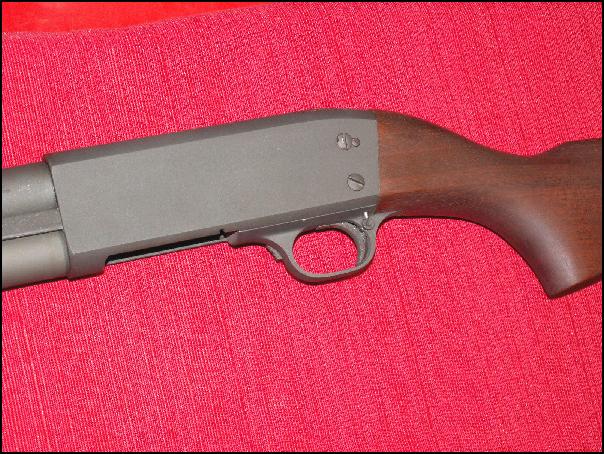As for protective coating, I'm not sure when parkerizing was developed, but most of the antique tools that I have obtained, like a lot of my Ford wrenches, were very rusted.
I think people just used them and kept them out of the weather, or painted them with a black enamel, brushed on, if needed.
I use straight white vinegar to de-rust anything that I do not want to media blast, like the inside of oil pans or anything that will see fluid use. Media blasting, even with glass bead, will impregnate the very surface of the metal with the media and it can't be removed without another form of abrasive, like a steel wire wheel or brass wheel.
Things like silica can eventually come loose and prematurely wear on surfaces that see the same fluid. It isn't enough to cause failure of the parts, but it does shorten the lifespan of things like bronze or brass bushings and bearings, especially aluminum bearings if you have a part soda blasted. Never have the inside of any engine part, like a valve cover or oil pan soda blasted, because it can corrode the aluminum on the inside of the piston skirts, over time.
Vinegar with some steel brushing or even heavy nylon brushing can de-rust things that have antique finishes on parts of them, like raised areas that are machine surfaces with hammer tone paints in the cavities and lower areas, clasps on old tool chests, etc, and it will not damage the painted areas.
So if you've got an old tool or part that has decent paint that can hand polish up and you want the bare metal to be clean, use vinegar on the entire part. I put a little mineral oil on a rag and wipe the bare metal tools I have, like my larger measuring calipers and some of the machinery I use. I live in a dry climate, but it really helps keep things like dust from etching on my machine wheels and dies.


















